BESS 배터리 저장 에너지 시스템은 무엇입니까??
태양 광 발전과 에너지 복원력의 세계를 탐구 할 때, 당신은 끊임없이 "Bess라는 용어를 만날 것입니다." 배터리 스토리지의 맥락에서 실제로 무엇을 의미합니까?? 배터리의 기술 용어 일뿐입니다, 아니면 더 포괄적 인 개념입니까?? Bess 이해는 가정이나 비즈니스를위한 현대적이고 지능적인 에너지 솔루션을 선택하는 데 기본입니다..
에너지 산업에서, Bess는 배터리 에너지 저장 시스템을 나타냅니다. 그 약어에서 가장 중요한 단어는 "시스템입니다." Bess는 배터리 모듈 자체가 아닙니다; 완전합니다, 배터리를 포함하는 통합 솔루션, 중요한 배터리 관리 시스템 (비엠에스), 전력 변환 시스템 (PC), 스마트 인버터입니다, 또한 모든 것이 안전하고 효율적으로 함께 작동하도록하는 데 필요한 제어 소프트웨어 및 안전 구성 요소.
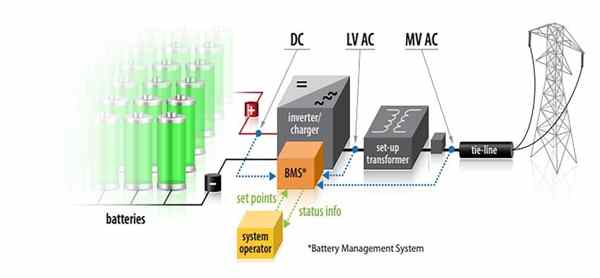
~에 Gycx 솔라, 우리는 배터리 만 판매하지 않습니다; 우리는 완전한 BESS 솔루션을 설계하고 설치합니다. 이 체계적인 접근 방식은 에너지 저장의 모든 부분이 성능에 최적화되도록합니다., 안전, 그리고 긴 수명. 가장 일반적인 질문을 살펴 보겠습니다. BESS 배터리 에너지 저장 시스템.
Bess 배터리 에너지 저장 시스템 비용은 얼마입니까??
귀하의 재산에 대한 Bess를 고려할 때, 초기 투자는 주요 고려 사항입니다. 관련된 일반적인 비용은 얼마입니까?, 이러한 고급 시스템 중 하나의 최종 가격표를 결정하는 요인?
싱가포르의 주거용 비스 비용은 크게 다를 수 있습니다., 일반적으로 범위 엔트리 레벨 시스템의 경우 약 $ 15,000에서 더 큰 경우 $ 50,000 이상, 대용량 설정. 이 비용의 주요 동인은 배터리의 총계입니다. 에너지 용량 (KWH로 측정), 그것은 전력 출력 등급 (KW에서), 구성 요소의 품질과 브랜드 (특히 LFP 배터리 및 하이브리드 인버터), 전문 설치의 복잡성.
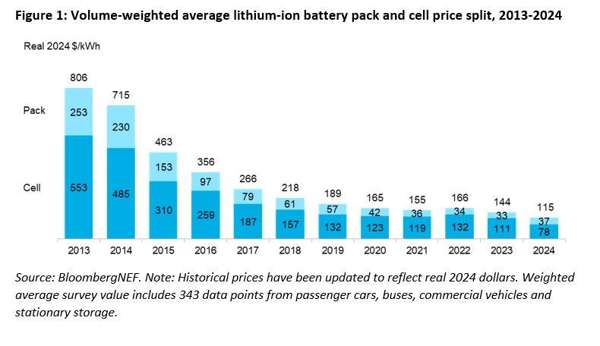
더 깊이 다이빙하십시오: BES의 총 비용을 이해합니다
총 가격을 구성하는 구성 요소를 분류합시다.:
- 배터리 모듈: 이것은 종종 비용의 가장 큰 부분이며 총 킬로와트시에 의해 주도됩니다. (kWh) 필요한 용량.
- 전력 변환 시스템 (PC): 이것은 태양 전지판 사이의 에너지 흐름을 관리하는 하이브리드 인버터입니다., 배터리, 집, 그리고 그리드. 더 강력한 인버터는 더 많은 비용이 듭니다.
- 배터리 관리 시스템 (비엠에스): 이 중요한 안전 및 성능 뇌는 일반적으로 배터리 모듈에 통합됩니다.. 그것의 정교함은 가치에 추가됩니다.
- 시스템의 균형 (bos): 여기에는 물리적 인클로저가 포함됩니다 (매끄러운 벽 장착 장치 또는 전문 랙 캐비닛처럼), 배선, 안전 분리, 및 기타 필수 하드웨어.
- 전문 설치: 싱가포르의 안전 및 규정 준수, 자격을 갖춘 기술자와 면허가있는 전기 작업자가 설치해야합니다. (루). 이 노동과 전문 지식은 비용의 핵심 부분입니다..
- 장기 가치: 선불 비용은 중요합니다, 장기 투자로 보는 것이 중요합니다. 싱가포르와 같은 고가의 전기 시장에서, 태양과 짝을 이루는 Bess는 수년에 걸쳐 상당한 비용이 감소 할 수 있습니다., 매력적인 투자 수익 및 귀중한 에너지 보안 제공.
배터리 에너지 저장 시스템의 기대 수명은 얼마입니까??
Bess는 장기 자산입니다, 그래서 중요한 질문은입니다: 실제로 얼마나 오래 지속됩니까?? 당신은 당신의 투자가 앞으로 몇 년 동안 안정적인 서비스를 제공 할 것이라고 확신하고 싶습니다..
현대적인 베스의 배터리 구성 요소, 일반적으로 만들어집니다 LFP (리튬 철 포스페이트) 화학, 지구력을 위해 설계되었습니다. 일반적으로 a 의 달력 10 에게 20 연령 그리고 a 사이클 수명 3,000 오버 6,000 전체 전하 차지 사이클. 이 장수에 대한 자신감을 제공합니다, 대부분의 평판이 좋은 Bess 제조업체는 포괄적 인 것을 제공합니다 10-연도 보증.
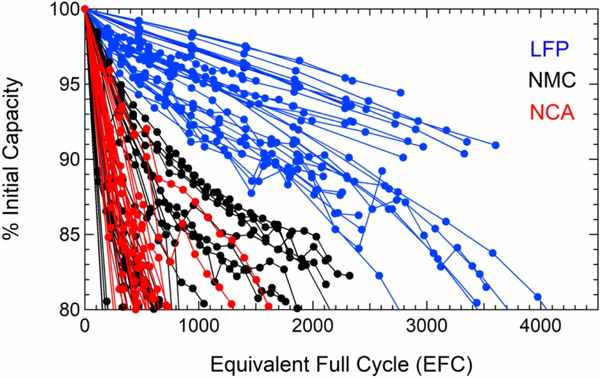
더 깊이 다이빙하십시오: 베스 장수의 과학
현대의 베스의 긴 수명은 사고가 아닙니다; 우수한 기술과 시스템 설계의 결과입니다:
- LFP 화학: 리튬 철 포스페이트는 엄청나게 안정적이고 강력합니다. 그것은 일일 충전 및 일일 충전 및 태양 전지판 시스템에서 수년간 상당한 저하없이 배출하는 스트레스를 처리 할 수 있습니다.. 하루에 한 번 순환하는 배터리 15 몇 년이 걸릴 것입니다 5,475 사이클, 품질 LFP Bess가 초과하도록 제작 된 숫자.
- 지능형 BMS: 배터리 관리 시스템은 보호자 역할을합니다, 배터리 셀을 스트레스로부터 지속적으로 보호합니다. 과충전을 방지합니다, 과방전, 모든 세포가 균형을 유지하도록합니다, 길고 건강한 운영 생활에 필수적입니다..
- 열 관리: Bess 인클로저는 배터리를 시원하게 유지하도록 설계되었습니다.. 이것은 싱가포르의 뜨겁고 습한 기후에서 특히 중요합니다., 과도한 열기는 배터리 수명의 주요 적입니다.. 적절한 환기 또는 활성 냉각이 필수적입니다.
- 보증 보증: 평판이 좋은 제조업체의 10 년 보증은 성과에 대한 보증입니다.. 일반적으로 배터리가 원래 용량의 특정 비율을 유지할 것이라고 보장합니다. (예를 들어, 70%) 10 년 동안 봉사 한 후, 지불 한 가치를 얻도록하십시오.
GYCX 태양 이야기: "우리는 항상 고객에게 품질에 투자하는 것을 설명합니다. LFP1 Bess는 10 년 이상의 에너지 평화에 대한 투자입니다.. 이 기술은 이런 종류의 장기를 위해 처음부터 설계되었습니다., 매일 사용."
베스는 얼마나 오래 에너지를 가질 수 있습니까??
화창한 날에 태양 전지판에서 베스를 완전히 충전하면 어떻게됩니까?, 그러나 일주일 또는 한 달 동안 에너지를 사용하지 마십시오.? 필요할 때 에너지가 여전히 있을까요??
현대적인 리튬 베스는 최소한의 손실로 저장된 에너지를 오랫동안 유지할 수 있습니다.. 이것은 매우 낮은 덕분입니다 "자기 혐의" LFP 배터리 셀의 속도, 일반적으로 전용입니다 1-3% 매월. 이것은 당신이 당신의 bess를 완전히 충전하고 그것을 유휴 상태로두면, 여전히 끝날 것입니다 95% 한 달 후에 청구.
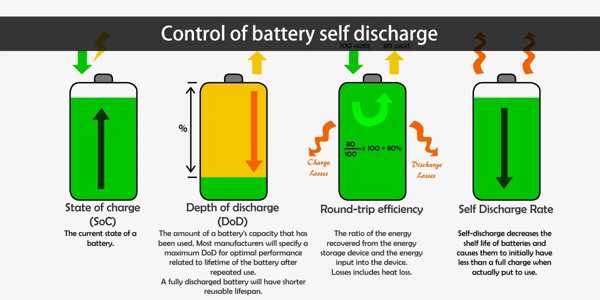
더 깊이 다이빙하십시오: 저장된 에너지의 안정성
베스가 왜 요금을 청구하는 데 좋은 이유를 살펴 보겠습니다.:
- 자기 혐의가 설명되었습니다: 이것은 자연 스럽습니다, 배터리 내의 내부 화학 반응으로 인한 전하 손실. 이 과정의 속도는 배터리의 화학에 따라 다릅니다..
- 리튬의 장점: LFP 리튬 이온 화학은 매우 안정적입니다, 자체 차전 속도가 매우 낮습니다 1-3% 매월. 이것은 밀봉 된 납산 배터리와 같은 오래된 기술보다 큰 개선입니다., 잃을 수 있습니다 5-15% 또는 한 달에 더 많은 비용.
- 온도의 영향: 열은 자기 전하 속도를 약간 증가시킬 수 있습니다. 시원한 장소에 배터리를 저장하면 더 오랫동안 충전을 유지하는 데 도움이됩니다..
- 대기 전원: 자기 분야를 BESS 자체의 대기 전력 소비와 구별하는 것이 중요합니다.. Bess가 켜지고 "준비된 경우," 내부 전자 장치 (비엠에스, 인버터) 매우 작지만 일정한 양의 전력을 끌어 낼 것입니다.. 하지만, 장기 스토리지를 위해 시스템이 올바르게 종료 된 경우, 배터리 셀 자체의 느린 자체 전하 만 발생합니다..
모든 실제 목적을 위해, 현대의 Bess는 "Bottling Sunshine에 엄청나게 효과적입니다" 그리고 필요할 때마다 그 에너지를 준비하십시오., 그 시간이든, 날, 또는 몇 주 후에.
최고의 홈 배터리 저장 시스템은 무엇입니까??
집을위한 베스에 투자하기로 결정했을 때, 많은 훌륭한 옵션을 찾을 수 있습니다. 단일 "Best"를 어떻게 선택합니까?" 하나? 진실은, 최고의 시스템은 가장 잘 맞는 시스템입니다. 당신의 특정 요구.
단일 "최고는 없습니다" 모든 사람을위한 가정용 배터리 저장 시스템. 최적의 선택은 우선 순위에 따라 다릅니다, ~와 같은 미학, 사용 가능한 공간, 필요한 용량, 그리고 미래의 확장 성. 일반적으로, 매끄러운, 올인원 벽 마운트 시스템 디자인과 단순성에 환상적입니다, 모듈 식 동안 랙 장착 배터리 시스템 더 크거나 더 많은 맞춤형 요구에 대한 타의 추종을 불허하는 유연성과 확장 성을 제공합니다..
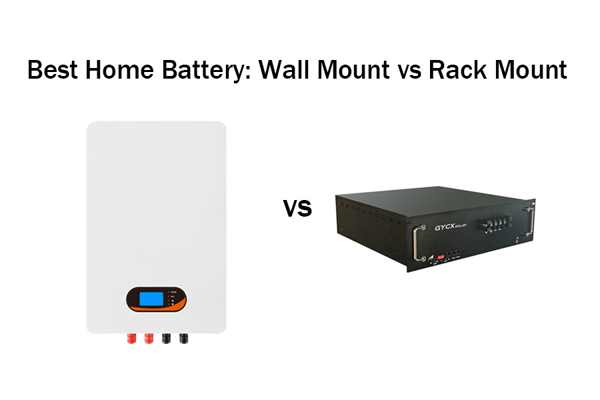
더 깊이 다이빙하십시오: 완벽한 베스 핏을 찾으십시오
두 가지 주요 접근법을 비교해 봅시다:
- 벽에 장착 된 베스 ("기기" 접근하다):
- 가장 좋습니다: 깨끗한 우선 순위를 정하는 주택 소유자, 현대적인 미학 및 표준 단위 용량에 맞는 에너지 요구가 있습니다. (예를 들어, 10-14 kWh).
- 장점: 그들은 멋져 보입니다, 종종 단일 브랜드의 올인원 패키지로 제공됩니다., 간단한 사용자 경험을 위해 설계되었습니다. 그들은 소형 싱가포르의 집에서 바닥 공간을 절약하기에 좋습니다..
- 단점: 매우 구체적인 용량이 필요한 경우 덜 유연 할 수 있습니다., 향후 업그레이드를 위해 한 브랜드의 생태계에 묶여있을 수 있습니다..
- 모듈 식 랙 마운트 베스 ("확장 가능" 접근하다):
- 가장 좋습니다: 에너지 수요가 높은 주택 소유자, 미래의 성장을위한 계획 (EV를 추가하는 것과 같습니다), 또는 시스템 설계에서 최대 유연성을 원하는 사람들.
- 장점: 매우 확장 가능 - 더 많은 모듈을 쉽게 추가 할 수 있습니다 (종종 ~ 5kWh 단위로) 시간이 지남에 따라 스토리지를 늘리기 위해. 더 큰 시스템의 경우 kWh 당 더 비용 효율적일 수 있습니다. 종종 더 넓은 범위의 타사 인버터와 호환됩니다.
- 단점: 랙이나 캐비닛은 더 산업적인 외관을 가지고 있으며 바닥 공간을 차지합니다., 유틸리티 룸이나 전용 공간에 가장 적합하게.
GYCX 태양 이야기: "우리의 상담 과정은이 '가장 적합한'것을 찾는 것입니다. 새로운 BTO 아파트의 고객에게, 싱글, 세련된 벽 마운트 베스는 완벽한 솔루션이었습니다. 착륙 재산과 EV 계획을 가진 다른 고객의 경우, 우리는 가족의 요구에 따라 성장할 수있는 창고에 확장 가능한 랙 시스템을 설계했습니다."
베스는 배터리 이상입니다; 완전합니다, 에너지를 통제하는 지능형 시스템. 구성 요소를 이해함으로써, 소송 비용, 그리고 놀라운 수명, 그 가치를 장기 투자로 볼 수 있습니다. 매끄러운 벽 마운트 장치 또는 확장 가능한 랙 시스템이 "최고 여부" 당신을 위한, 결과는 동일합니다: 더 큰 에너지 복원력과 저축.
방법을 탐색 할 준비가된다면 BESS 배터리 에너지 저장 시스템 집이나 사업에 맞게 조정할 수 있습니다, GYCX Solar의 전문가 팀이 여기에 있습니다.. 오늘 전문 상담을 받으려면 저희에게 연락하십시오!
LFP의 개념을 이해하면 배터리 관련 데이터 개념을 더 잘 비교하고 이해하는 데 도움이됩니다.. 이것은 회사의 요구에 가장 적합한 제품을 선택하는 데 도움이됩니다.. ↩
